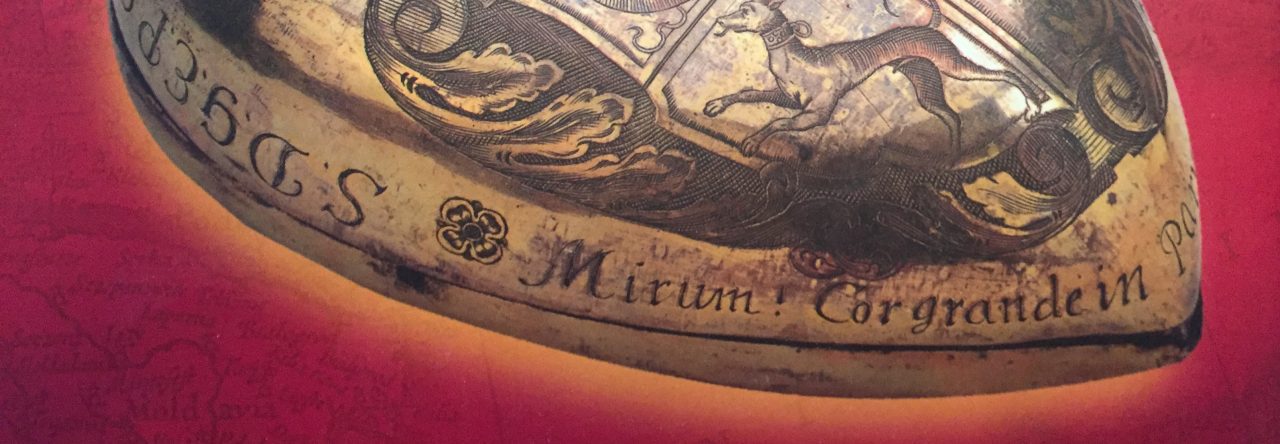Thus “Bild” (the daily newspaper with the highest circulation in Germany) in an article dated Jan. 27, 2005 was concerned about the heart of a murdered Bavarian celebrity, the fashion designer Rudolf Moshammer, who was well-known in the high-society of Munich as secular patron of the homeless and of persons of no fixed abode:
The journalist even used a shortened quotation from the book of Matthew: “…His heart remains where it always was: with the poor and forgotten of this city…” in order to metaphorically emphasize the fate, or rather the whereabouts, of Moshammer’s heart. After the autopsy, the heart and entrails were put in an anonymous grave, a field where the poor and homeless were buried.

newspaper, 27.01.05 (www.bild.de)
This kind of burial even occurs in fiction and movies, e.g. in the novel “Legends of the Fall” by J. Harrison and the eponymous movie of 1998.
An even more recent example, a Bavarian TV drama chosen at random (5/15/2007) made use of the relationship between heart and personality: The receiver of a heart transplant is afraid that he has also received the characteristics of the donor, who was a murderer. Other transplantations such as kidney, liver or cornea, would never have made a screenplay.
On April 6, 2005 the leading TV news programme of the world, CNN, spread the news on its website that Poland wanted back the heart of “its” Pope, John Paul II, and to bury it in the Cathedral of the Wawel in Krakow next to other important people of Polish history.

(www.cnn.com)
The fate of the heart-urn of Louis XVII, the unfortunate heir to the French throne, is another example of the fascination of heart burial. The son of the royal couple Louis XVI and Marie Antoinette, who were guillotined in the French Revolution, died in prison in 1795, probably of tuberculosis. The doctor Pelletan, who carried out the autopsy, secretly saved the preserved heart, whilst the body was put in a mass grave. Little is known for certain about the further stages of its whereabouts. However, from 1975 on there stood, scarcely noticed, together with other hearts in the Bourbon vault of Saint-Denis cathedral, an oval-shaped crystal receptacle containing a brownish coloured piece of tissue.

The contents of the receptacle were identified in the year 2000 by German and Belgian scientists as the heart of the Dauphin by means of genetic analysis. Following this, the reburial of the heart urn next to the stone coffins of his parents took place on June 8, 2000 in Saint-Denis. The service, in which members of the European high nobility participated, was celebrated by cardinal Jean Honore. It was attended by about 1300 people and found international attention from the media.
During the probably last ever heart burial—that of Otto von Habsburg, firstborn son of the last Imperial couple of Austria, which took place in Hungary—was kept on a low level out of consideration for the family. Nevertheless, the reunion and funeral of the bodies of Otto of Habsburg and his wife in the Capuchin Crypt in Vienna revived all the dynasty’s old, pompous funeral rites, and was attended by the European high nobility, prominent politicians, other celebrities and masses of mourners and visitors, and it was covered extensively by the media.

Abbey, Hungary

Leave a Reply